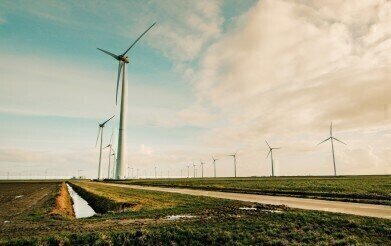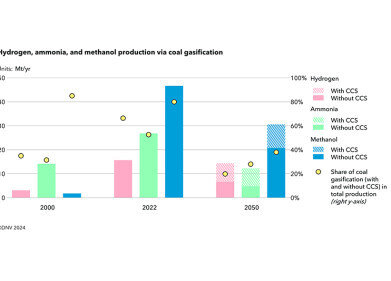Green Energy
What is the Greenpeace Clean Energy Index?
May 16 2015
In response to the growing amount of time and money spent on the internet – and the vast amount of energy this involves – Greenpeace has called on major online companies to clean up their acts and follow environmentally-friendly procedures. They have done this primarily by publishing annual rankings of the companies, called the clean energy index (CEI).
Listening to this call, Apple, Facebook, Google and others have signalled their intention to change their ways by adopting sustainable methods for energy production and consumption and encouraging their users to do the same.
What is the Clean Energy Index Based On?
When assessing how green a company has been performing, Greenpeace takes a number of factors into consideration. Obviously, they measure the percentage of total energy consumption which comes from clean, renewable sources and rate that against its nuclear, coal and natural gas use. However, there are four specific criteria upon which the companies are graded from A to F, with A the highest and F the lowest. These are as follows:
- Energy Transparency. This is how easily accessible the company makes their data for the public to view (as well as the extent of data that is made accessible).
- Renewable Energy Commitment & Infrastructure Siting. This looks at how individual power plants (and the company as a whole) develops the energy they use – and how boardroom decisions are adjusted to reflect an indication in sustainable energy pursuit.
- Energy Efficiency & Mitigation Strategy. This includes all methods of attempting to reduce the need for fossil fuels or other dirty energy sources, through various energy-efficient waste management techniques, for example.
- Renewable Energy Use & Advocacy. This measures not only the current use of renewables by the company, but how they intend to continue evolving and encouraging others (both individual consumers and the competition) to do the same.
The 2015 Results
Apple were clear leaders in the race to operate on an environmental basis, scoring an A in each category and generating 100% of their energy from renewable means. They own the largest private solar power factory in the States and have invested heavily in wind farms, too.
Facebook were not far behind, with 49% of its total energy use coming from renewables. It continues to work on advocacy and seeking to power all of its data centres via green means.
Google produces 46% of its energy from clean sources and is working on raising this figure in the near future. Its advocacy policies are highly commendable, encouraging the use of green energy even in areas where it has no operations.
Yahoo accompanied its recent purchase of Tumblr with a 25 Megawatt wind farm in Kansas, helping to bolster its green energy use to 73%. It would have performed far better in Greenpeace’s rankings if it was more transparent when sharing its energy data with the public, but currently it continues to withhold much of this information.
Companies such as Microsoft, Hewlett Packard, ebay and Amazon scored poorly in the rankings (at least in some areas) and need to improve considerably in the future to ensure they aren’t left behind.
Events
May 05 2024 Seville, Spain
May 13 2024 Munich, Germany
May 23 2024 Beijing, China
May 23 2024 Beijing, China
Jun 10 2024 Algiers, Algeria














